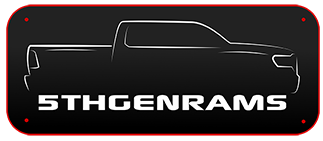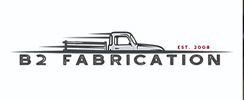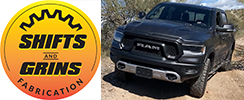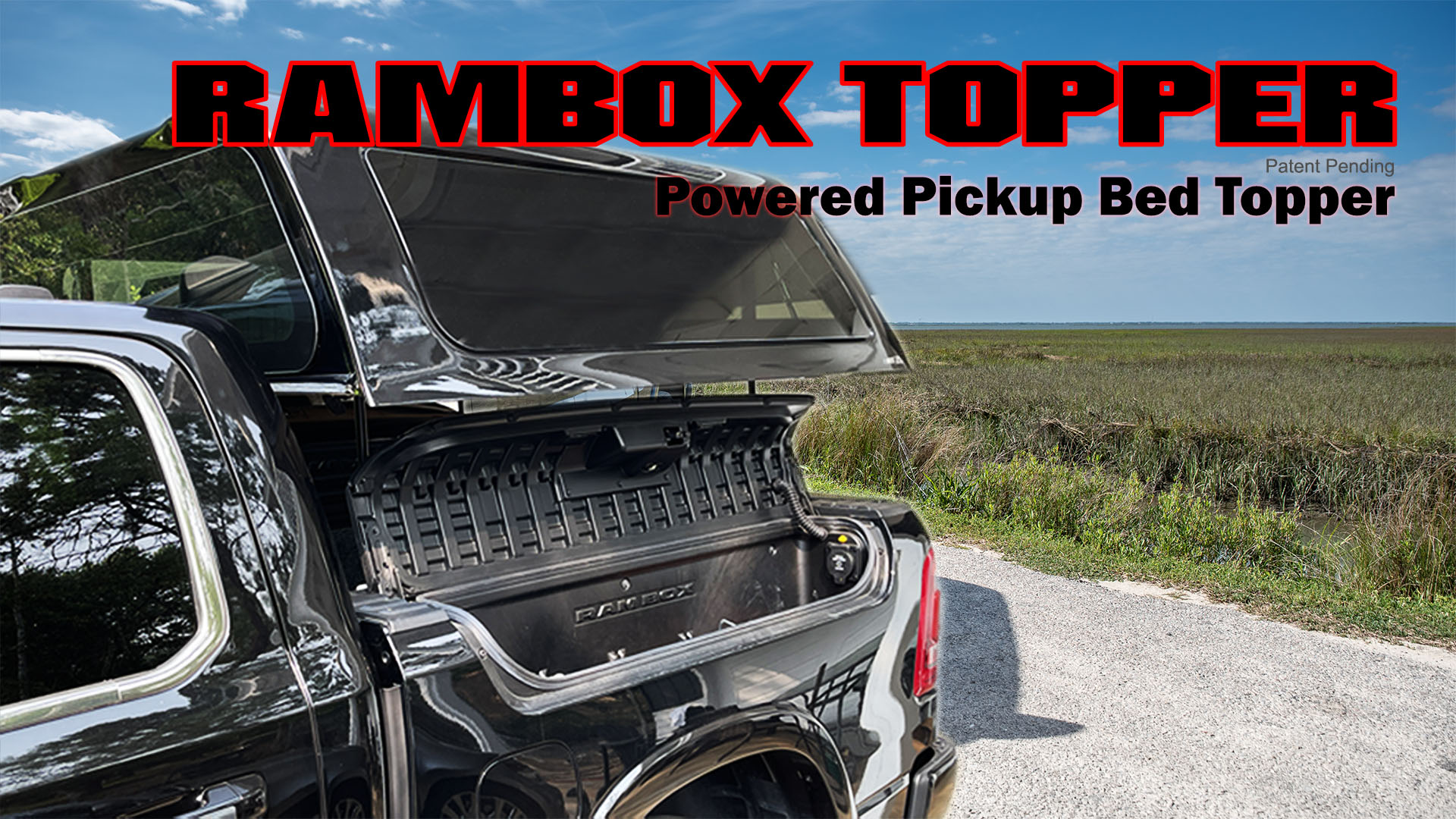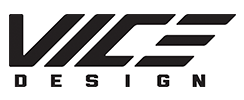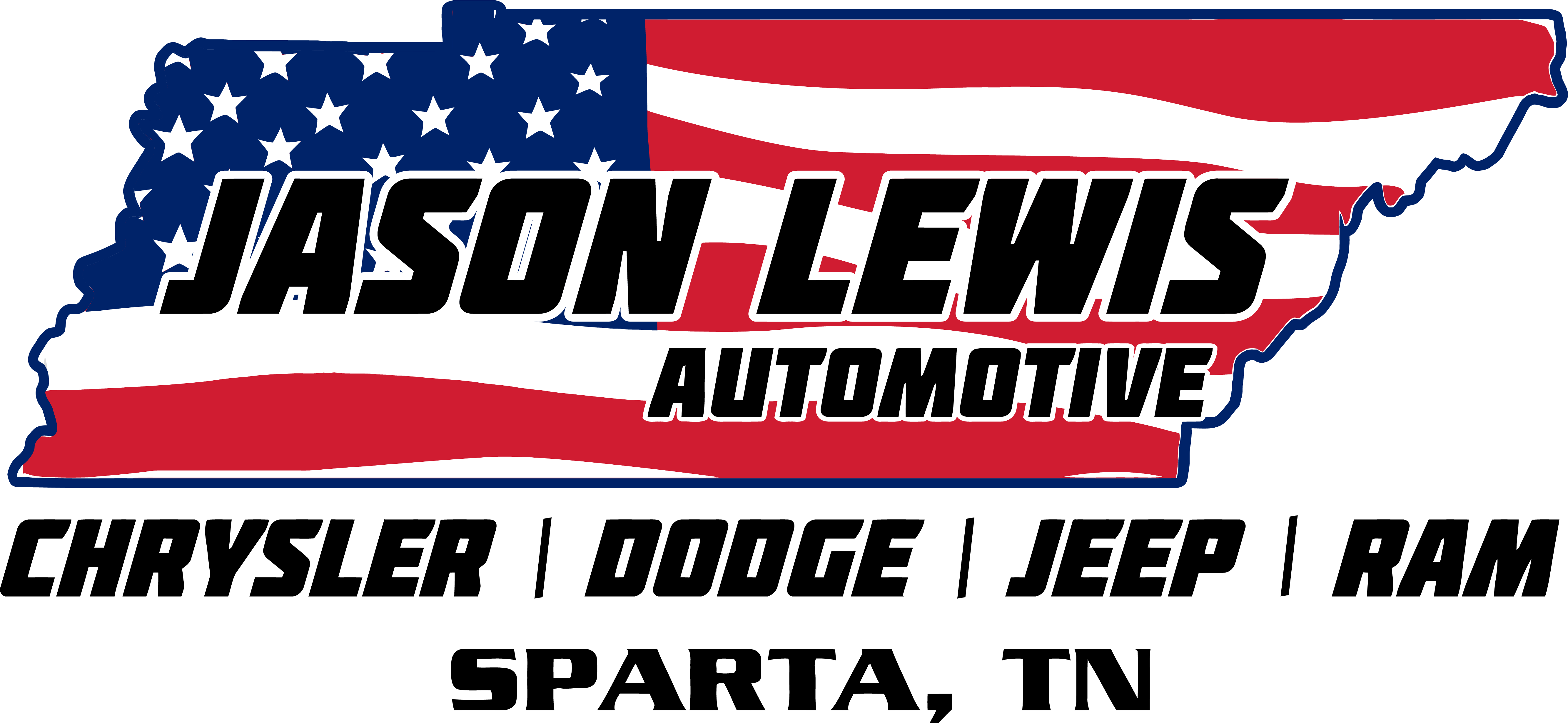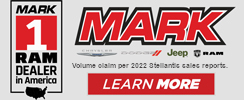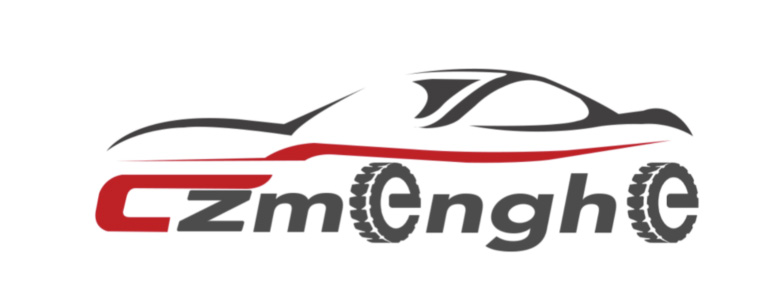I have no experience with these pickups, but I do have experience with big trucks. The fuel filter is generally the first to gel. If you have extra filters you can put on a warm filter with a 50/50 mix of Diesel and the white bottle of Power Service. You need to dose the tank with Power Service also. I would go a little heavy with the directions on the bottle.
5thGenRams Forums
You are using an out of date browser. It may not display this or other websites correctly.
You should upgrade or use an alternative browser.
You should upgrade or use an alternative browser.
Texas freeze, truck will not start!
- Thread starter dizzy1127
- Start date
Block heater is not standard equipment, you must order it separately. The CWG is a pretty good deal.OP mentioned it and I was curious as I will have an EcoDiesel soon. Does the EcoDiesel come standard with the block heater itself? I know you can order the Cold Weather Group with the Grille Cover and the Block Heater (believe it’s just the cord), but it was too late before I could add it. Was wondering if the actual heater was standard or not.
Interesting to see all the Texans have issues now when people who live up North in snow belts like me have no issue. Or even Alaska. Kinda silly.
Royalist_Ram
Ram Guru
Are you sure its not just the cord, that's what some people said.Block heater is not standard equipment, you must order it separately. The CWG is a pretty good deal.
To be clear to everyone, this is not a ram issue. This is the colder than usual weather in Texas and a fuel issue.
My truck has a block heater and I used it once just to see if it worked. Truck fires up no problem with or without it in -15°C
My truck has a block heater and I used it once just to see if it worked. Truck fires up no problem with or without it in -15°C
Very unusually cold here in W TX for sure. My EcoD was garaged and fired right up, but I do use HotShot EDT as well. As a matter of fact I highly rec the additive of your choice, as I was in the wholesale fuel business for 25 years and diesel fuels have gotten worse, not better. They need all the help they can get (at least here) and vary from load to load as verified by the MSDS we would get.
Royalist_Ram
Ram Guru
Nvm, you're right.My experience with my 2nd Gen Ecodiesel is it had the block heater installed but no cable. I had to purchase one and got it at Geno’s.
Ram 1500 EcoDiesel Engine Block Heater Cable
Don't be left out in the cold! Make sure your Ram 1500 EcoDiesel engine has a block heater cable so you can warm the engine for easy starting.www.genosgarage.com
As for the Texans having issues that snow country folks typically don’t, please remember this is not a typical winter in Texas. It’s all relative. Heck, when I was transferred to Texas from Alaska I’d never worn shorts in my life...it took a couple good hearted Texans to explain I’m going to die in the heat if I don’t adapt. Kindness and the elements go both ways...
My 2020 ED did not come with either a block heater or a cord.Are you sure its not just the cord, that's what some people said.
Royalist_Ram
Ram Guru
I was under an incorrect assumption, my bad, thanks!My 2020 ED did not come with either a block heater or a cord.
Well, 4 degrees here in NW Louisiana this morning. Looks like the EDT wasn’t enough to keep the fuel from gel’ing. It fired up, then died after a few seconds. Supposed to be highs in the upper 20s today, hopefully that’ll get the fuel back up above the gel point.
all ecodiesels have the block heater installed in the engines.My 2020 ED did not come with either a block heater or a cord.
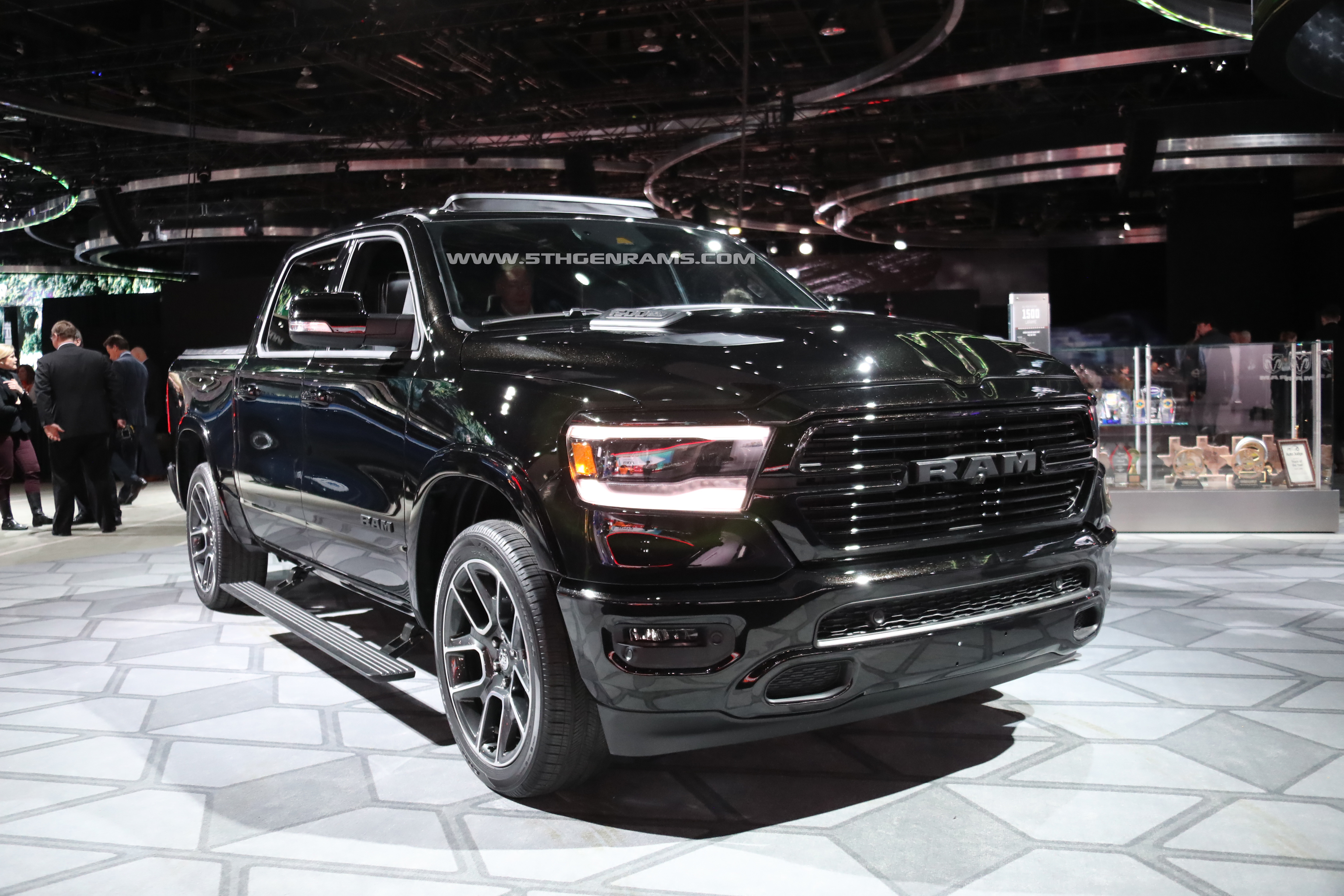
Ecodiesel and extreme cold
Just got back from hunting camp... Man I love this truck. Above 7,000 feet. We got about a foot of snow Friday night, and then temps dropped well into the negatives. Sunday morning fired the truck up at -8 below after sitting for 4 days in freezing weather covered in snow (obviously not...
FWIW the fuel pump has a fuel preheater on it. there's also a heater in the fuel filter housing. If the truck will not start, push the start button without the brake pressed and cycle it to run. leave it on. the pump will warm up and run and it will eventually recirculate the fuel. Or run the battery down.
mrfreon
Active Member
- Joined
- Feb 17, 2020
- Messages
- 40
- Reaction score
- 20
- Points
- 8
- Age
- 46
That's the exact piece of information I've been looking for. Does anyone know if more detailed info on the fuel system is available online?FWIW the fuel pump has a fuel preheater on it. there's also a heater in the fuel filter housing. If the truck will not start, push the start button without the brake pressed and cycle it to run. leave it on. the pump will warm up and run and it will eventually recirculate the fuel. Or run the battery down.
It's in the Ram Diesel Supplement, to the owners manual.That's the exact piece of information I've been looking for. Does anyone know if more detailed info on the fuel system is available online?
Extreme Cold Weather The engine block heater is a resistance heater installed in the water jacket of the engine. It requires a 110–115 Volt AC electrical outlet with a grounded, three-wire extension cord. Its use is recommended for environments that routinely fall below -10°F (-23°C). It should be used when the vehicle has not been running overnight or longer periods and should be plugged in two hours prior to start. Its use is required for cold starts with temperatures under -20°F (-28°C). NOTE: The engine block heater cord is a factory installed option. If your vehicle is not equipped, heater cords are available from your authorized Mopar dealer. • A 12 Volt heater built into the fuel filter housing aids in preventing fuel gelling. It is controlled by a built-in thermostat. • A Diesel Pre-Heat system both improves engine starting and reduces the amount of white smoke generated by a warming engine.
The engine block heater warms engine coolant and permits quicker starts in cold weather. Connect the heater cord to a ground-fault interrupter protected 110–115 Volt AC electrical outlet with a grounded, three-wire extension cord. Its use is recommended for environments that routinely fall below -10°F (-23°C). It should be used when the vehicle has not been running for long periods of time and should be plugged in two hours prior to start. Its use is required for cold starts with temperatures under -20°F (-28°C).
You sir, are correct. Finally saw it on my block after searching for where it is. it's not on my window sticker, you'd figure it would be there. i just don't have the cord.all ecodiesels have the block heater installed in the engines.

Ecodiesel and extreme cold
Just got back from hunting camp... Man I love this truck. Above 7,000 feet. We got about a foot of snow Friday night, and then temps dropped well into the negatives. Sunday morning fired the truck up at -8 below after sitting for 4 days in freezing weather covered in snow (obviously not...5thgenrams.com
cheap cord is part# KAT 28500 ~$20You sir, are correct. Finally saw it on my block after searching for where it is. it's not on my window sticker, you'd figure it would be there. i just don't have the cord.
Royalist_Ram
Ram Guru
You sir, are correct. Finally saw it on my block after searching for where it is. it's not on my window sticker, you'd figure it would be there. i just don't have the cord.
Thank you so much, that’s what I was trying to get to the bottom of. Appreciate it, thought it came with the block heater itself and just not the cord. Feel much better about not getting the CWG now. And can always add the cord and cover later if I really need it.all ecodiesels have the block heater installed in the engines.

Ecodiesel and extreme cold
Just got back from hunting camp... Man I love this truck. Above 7,000 feet. We got about a foot of snow Friday night, and then temps dropped well into the negatives. Sunday morning fired the truck up at -8 below after sitting for 4 days in freezing weather covered in snow (obviously not...5thgenrams.com
c3k
Ram Guru
- Joined
- Jul 22, 2020
- Messages
- 1,160
- Reaction score
- 1,314
- Points
- 113
- Age
- 65
I have no experience with these pickups, but I do have experience with big trucks. The fuel filter is generally the first to gel. If you have extra filters you can put on a warm filter with a 50/50 mix of Diesel and the white bottle of Power Service. You need to dose the tank with Power Service also. I would go a little heavy with the directions on the bottle.
This.
Whether you use Power Service (I do, silver in summer for cetane boost/lubricity, white in winter for anti-gel), or some other brand or even kerosene. (You call it "Diesel 1": everyone else calls it "Kerosene".
With the fuel rail, the injectors are oversupplied and the excess fuel gets dumped back in the tank. That's good. It'll add a little heat, it'll mix ingredients, and it will stir up the fuel.
When gelling occurs, you've got to add a lot of "your fluid of choice" right to the fuel filter. Just take the lid off. Pull the filter: if it's covered in gelled fuel, just wipe off. In fact, if you can, pull out any gelled fuel in the filter canister. Replace filter, fill to the top with your fluid. Add same fluid (Power Service or Kerosene or whatever) to the fuel tank. Power Service also sells a "911" de-gel fluid. If you're gelled, I'd use that.
Your goal will be to get the de-/anti-gel additive to mix with the existing fuel. The fuel line from tank up to filter will be the biggest obstacle.
Let it sit for several minutes (or, overnight if you have the time). Try to start.
Your best friend will be heating a garage.
Specifics of how much to add will depend on what you use. Read the instructions and don't be afraid of being a little heavy if you've already gelled.
Edited to add: if you do add Kerosene, don't go past 50:50 fuel:kerosene.
Last edited:
stevegads19
Member
- Joined
- Aug 1, 2020
- Messages
- 7
- Reaction score
- 13
- Points
- 3
- Age
- 35
As someone who recently discovered their own engine block heater i feel for you. Also, for $30 i'd recommend routing the plug as demonstrated in this video. Maybe not as relevant for someone in texas with this one off storm but this is a fairly common occurrence in colorado and i do not care to pop my hood everytime i want to plug in
Users who are viewing this thread
Total: 1 (members: 0, guests: 1)
